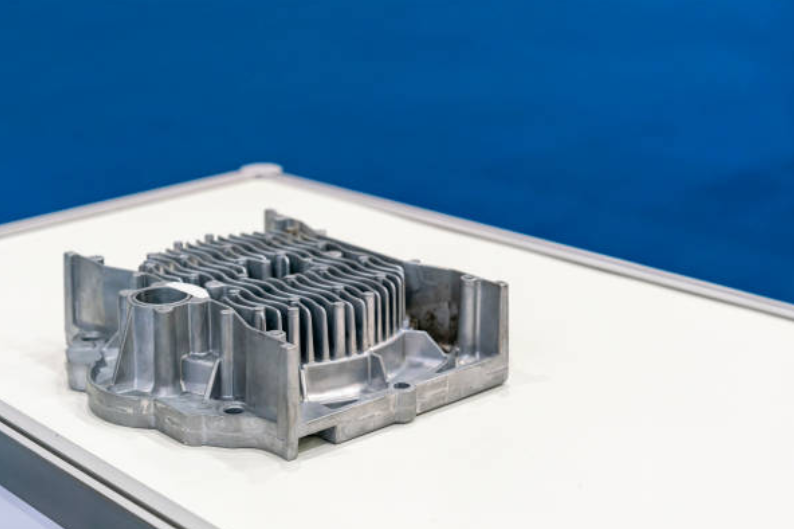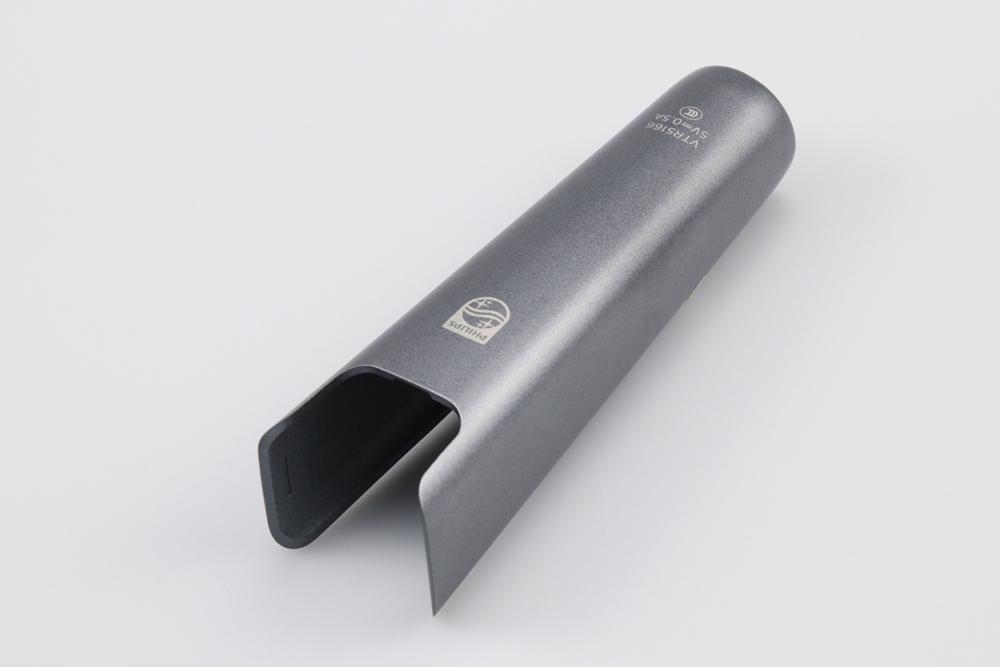How does Neway manage cleanroom environments for diagnostic device production?
Cleanroom control is critical for diagnostic device components, especially those involving microfluidic channels, optical detection modules, or biochemical reagent interfaces. At Neway, environmental management begins with process zoning and the selection of manufacturing technologies suited for particulate-sensitive production. Components produced through aluminum die casting, precision casting, or CNC machining are routed according to contamination risk, and advanced cleaning steps are applied prior to any assembly or sealing operation. This structured workflow ensures that each diagnostic component meets ISO cleanroom requirements for particle control, sterilization compatibility, and chemical cleanliness.
Cleanroom Process Zoning and Workflow
Production begins in controlled casting or machining areas, followed by precision finishing with closed-circuit sheet metal fabrication or CNC machining to keep airborne particles within validated limits. After dimensional inspection, parts transition to filtered cleaning modules using ultrasonic washing and deionized water treatment. At this stage, materials are evaluated based on reagent compatibility—for example, anodized aluminum from anodizing-friendly casting or polycarbonate produced via plastic injection molding.
Final assembly of diagnostic housings and sensor interfaces is conducted inside Class 1000–10000 cleanrooms, depending on the application. Controlled pressure differentials, HEPA filtration, and laminar flow ensure continuous particulate suppression. Specialized tooling for microfluidic and optical alignment is manufactured via 3D printing prototyping or rapid molding prototyping, allowing precise fit-up and sealing in sterile zones.
Surface Treatment for Cleanroom Compliance
Surface finish must actively contribute to contamination control. Textured and polished surfaces achieved through tumbling or polishing reduce particle adhesion and simplify sterilization. For aluminum microfluidic components, anodizing and passivation help prevent reagent-induced corrosion and minimize surface contamination during operation. For more demanding environments, Teflon coating improves non-stick behavior and facilitates particle-free cleaning cycles.
Validation and Quality Assurance
Cleanroom management is validated through protocols including particulate testing, air filtration monitoring, and accelerated contamination exposure analysis. Micro-leak testing and CMM-based dimensional checks are conducted to ensure complete sealing of microfluidic channels and optical sensor interfaces. For high-volume diagnostic devices, pilot production runs are first completed using prototyping and injection molding to optimize assembly fixtures and airflow patterns before scaling production.
To support regulatory compliance in medical device sectors, full traceability of material batches, sterilization resistance, and surface treatment history is maintained. Industry standards such as ISO 14644 for cleanrooms and ISO 13485 for medical manufacturing guide production planning and validation.



